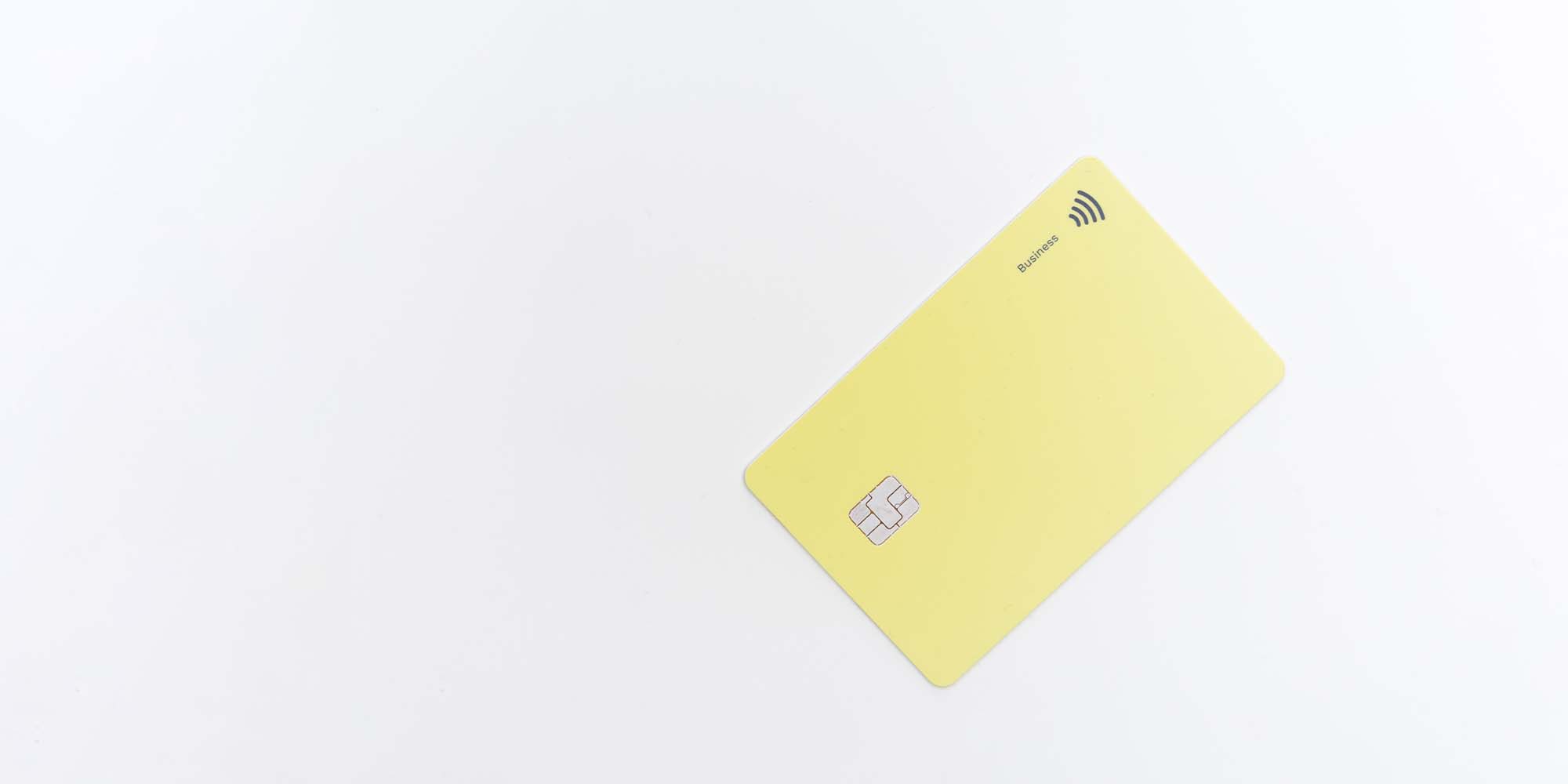What is a B2B transaction & how is it different from B2C?
A B2B transaction occurs when two businesses transfer funds to each other. To learn more about this, check out NuORDER.

Did you stop for coffee today? Then you’ve experienced a B2C transaction, the transfer of money from a consumer to a business. This is the intuitive way most of us go about our lives.
But when running a business, B2B transactions are often the norm. And they can look very different from a stop at the coffee house. While a B2B transaction can be a simple purchase, it can also encompass everything from wholesale orders to B2B loans. Here’s what you’ll need to know to better understand what B2B transactions can look like:
What is Business-to-Business (B2B)?
Business-to-business (B2B) refers to transactions and relationships between two businesses. This can include purchases, agreements, subscriptions, and more. Many people use “B2B” to contrast with “B2C,” or the arrangement of a business selling to individual customers. Generally, B2B transactions are wholesale transactions, while B2C transactions are retail.
How are B2B transactions different from B2C transactions?
The most obvious difference? The parties involved. In B2B transactions, you’ll have two businesses interacting with each other. But with B2C, individual consumers are typically making the purchases.
This usually means that B2B transactions tend to be larger. For example, a business like a restaurant buys its napkins from a restaurant supplier in bulk. For individual consumers, one package can be enough to last them weeks
Not every B2B transaction has to be a purchase, either. A transaction can be anything involving the transferral of funds: a loan agreement, a line of credit, a promissory note, even a revenue-sharing agreement. While B2C transactions tend to refer to simple, straightforward purchases, B2B transactions can be far more complex.
Examples of Common B2B Transactions
Though B2B transactions can encompass any transfer of money or credit between businesses, here are some of the more common examples:
- Product purchases. Did you ever go to the mechanic, only to be told they’re “waiting on a part”? You’ve experienced a B2B purchase indirectly. Mechanics often have to make B2B purchases like this to fulfill their promise to you, the consumer.
- Wholesale purchases. A car mechanic might only purchase one part on behalf of a customer. But in B2B, wholesale purchases are extremely common. For example, a clothing manufacturer might buy bulk fabric from a supplier in order to create T-shirts en masse. Doing so typically results in unique purchase arrangements like minimum orders and high-volume discounts.
- Services. A real estate investment company with a lot of apartment units to clean can’t hire an individual to do all of that work. They have to go B2B, hiring a business with greater capacity. B2B services often work that way; because businesses serve multiple consumers, they often have to enlist the services of other businesses rather than hiring out work to individuals.
- Partnerships. Just as two individuals can partner up on a joint venture, two businesses can team up. This can range from small, short-term campaigns (like sponsored corporate events) to massive, long-term agreements (like McDonald’s exclusively offering Coca-Cola products).
Which tools to businesses need for B2B transactions?
Buy that morning cup of coffee and you’ll only need a few dollars. For B2B transactions, there are more complicated needs.
- Linesheets. This is where the difference between B2B and B2C really becomes clear. Linesheets contain all the wholesale information another company needs to buy from you. That includes prices, contact information, product images and numbers, product descriptions, and other information like minimum order numbers.
- Variable pricing. When offering items at wholesale, it’s common practice for one business to offer unique pricing when buying in bulk. This means variable pricing is essential. And businesses need a way to make these variable pricing payment calculations on the fly. Brands on NuORDER are able to customize linesheets and catalogs by product availability and pricing with ease, making it easy to adjust a product's variable pricing.
- B2B commerce software. The larger and more complex the transactions are, the more you’ll want to automate the way you record them. These days, that means using software that integrates with your transactions and automatically sorts them for easy review. NuORDER's Payments solution is built for B2B transactions with automated refunds, payouts, and charge-upon-ship. You can learn more about it here.
How To Make Your B2B Transactions Move Smoothly
Software-as-a-service is probably the fastest way businesses can streamline their B2B transactions. A B2B commerce platform is one way. If the process seems daunting, read more about how to start a new B2B platform at your company.
Why use SaaS? You’ll want a solution that can integrate online ordering and eCommerce. Think about connecting your B2B buyers with the rest of your digital commerce systems. Find software that can help with outreach efforts like email marketing, and connect all of your B2B transactions. The result should be a single dashboard—a snapshot of what’s happening at your business.
You can reach your desired customers if you have a B2B commerce platform that lets you send out promotional emails for products, for example. But it’s important to have the right platform in place. Doing so can cull together numbers from all over the business, helping you make sense of every B2B transaction that comes your way.
Ready to simplify your wholesale payment operations? Discover how NuORDER’s integrated payments solution can streamline billing, enhance security, and deliver a seamless checkout experience for your customers.
Related articles
Get on the list
Wholesale tips and industry news you can’t miss, delivered weekly
